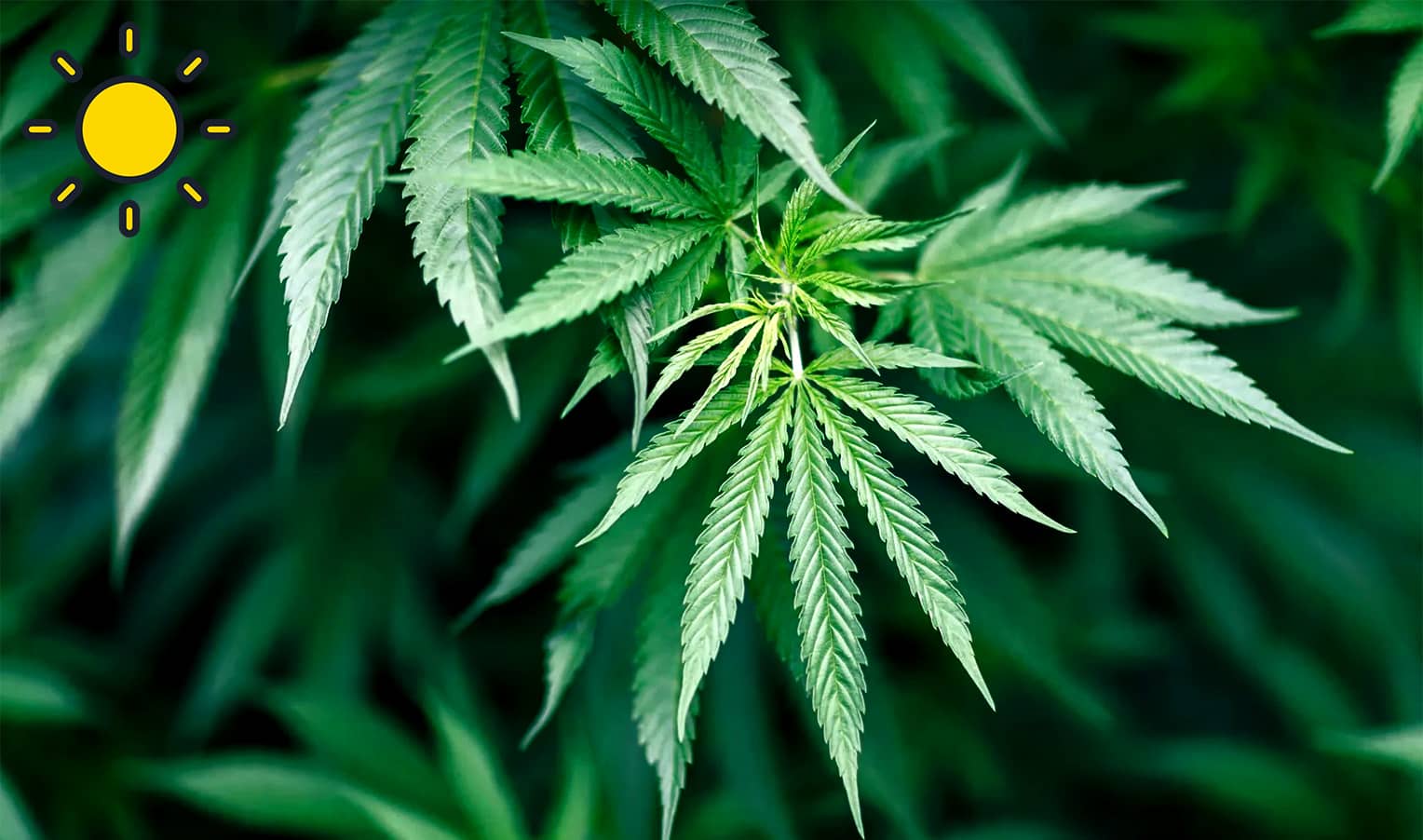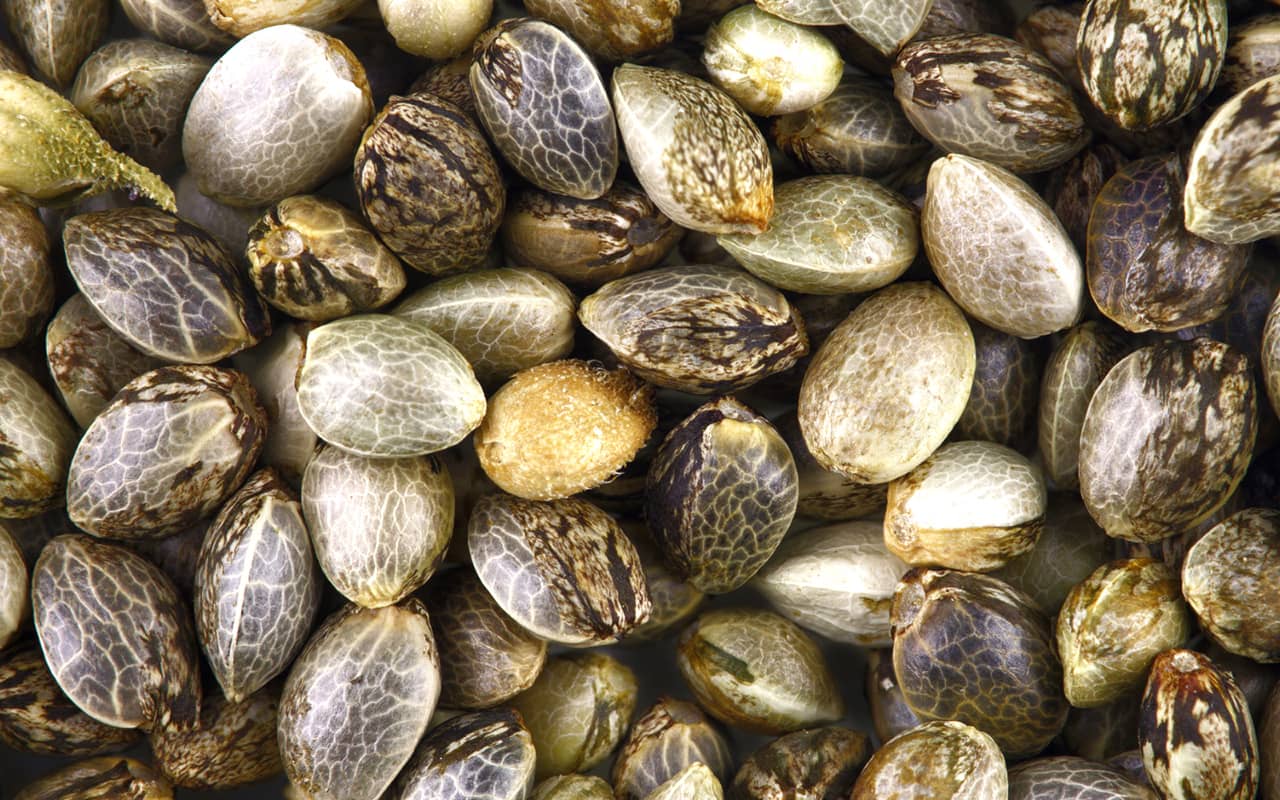0.00€
CheckoutGrowing cannabis seeds: outdoor care

Growing cannabis outdoors is an exciting and accessible way to achieve a quality harvest, but it requires knowledge of certain nuances. From selecting the right cannabis seeds to proper care, the health of the plants and the abundance of the harvest depend on your approach. Let’s break down each stage step by step.
Selecting the right cannabis seeds

Cannabis Seed selection is the most important stage of preparation for planting. Autoflowering seeds are ideal for beginners as they do not require changes to the light cycle and produce a harvest quickly. Feminized seeds guarantee only female plants, ensuring a high and stable yield. Regular seeds are suitable for experienced growers, allowing them to obtain seeds and develop new strains. It’s important to ensure that the chosen seeds are suitable for cultivation in your climate.
Preparing the planting site
Cannabis plants prefer sunny spots protected from strong winds, with at least 6–8 hours of direct sunlight daily. Well-drained soil with a neutral or slightly acidic pH (6–7) is considered ideal. It’s also important to secure the site from prying eyes and potential damage by wild animals. Adding compost or humus will enrich the soil, while perlite or vermiculite improves aeration and coconut fiber helps retain moisture.
Planting cannabis seeds in open soil

Seeds can be sown directly into the soil at a depth of 1–2 cm once the ground has warmed above +15°C. Another common method is pre-growing seedlings in peat pots, then transplanting them into open soil after 2–3 pairs of leaves appear. The best time for planting is May–June when there is no risk of frost.
Watering and soil moisture, fertilizing, pruning and shaping bushes
In the first weeks of growth, plants require moderate watering every 2–3 days. During active vegetation, more abundant watering is needed about every other day, especially in hot weather. During flowering, watering should be reduced to once or twice a week to avoid overwatering, which can cause root rot.
For healthy plant development during the growth phase, nitrogen-rich fertilizers such as urea or ammonium nitrate are essential. During flowering, switch to phosphorus-potassium fertilizers like superphosphate, potassium salt, or wood ash. Organic fertilizers such as manure or fish meal are also effective for supporting plant health and increasing yields.
Shaping the bush improves light penetration and increases yields. Topping or pinching the tip promotes side shoot development, lollipopping (removing lower branches) redirects energy to forming large buds, and supercropping helps distribute light evenly by gently bending branches. Pruning is best done in the morning or evening during dry weather.
Pest and disease control
Pests such as aphids, spider mites, slugs, and snails can cause significant harm to plants. Biological insecticides and natural remedies (like garlic infusion or wormwood decoction) work well for eliminating them. Regular inspections help detect and remove affected plant parts in time. It’s also important to monitor for diseases such as mold, powdery mildew, and root rot. Copper-based fungicides and preventive aeration of bushes can help in such cases.
Conclusion
Regular weeding around the plants, protection from sudden temperature changes and hail, as well as keeping a growth journal will help ensure healthy plant development and a rich harvest. By following these recommendations, you can successfully grow marijuana outdoors and achieve a high-quality, abundant yield.
Important!!! Sunny Seeds does not promote or assist in cannabis cultivation. We remind you that such activity is against the law in Ukraine. This publication is created for informational and scientific purposes only.
